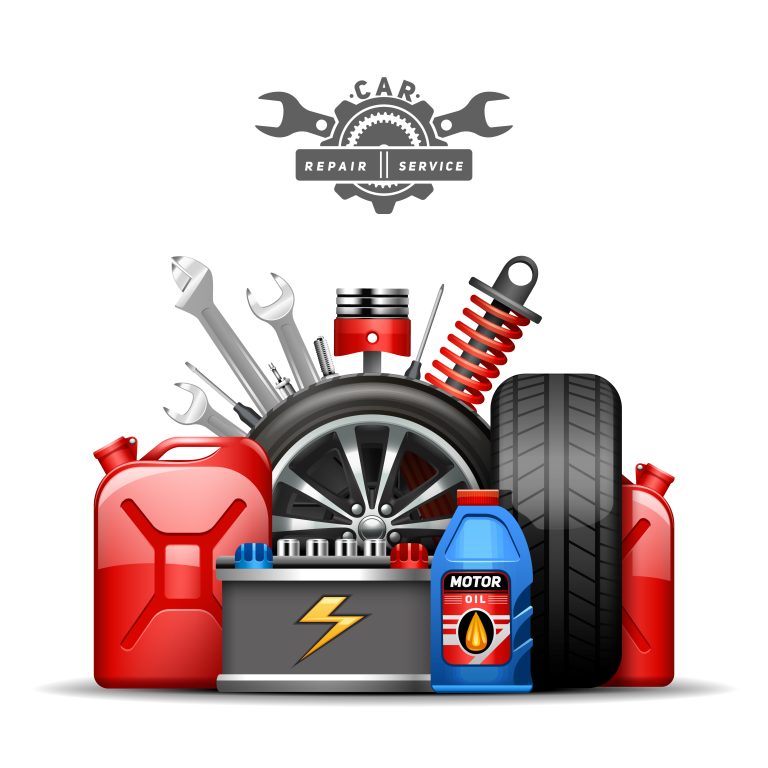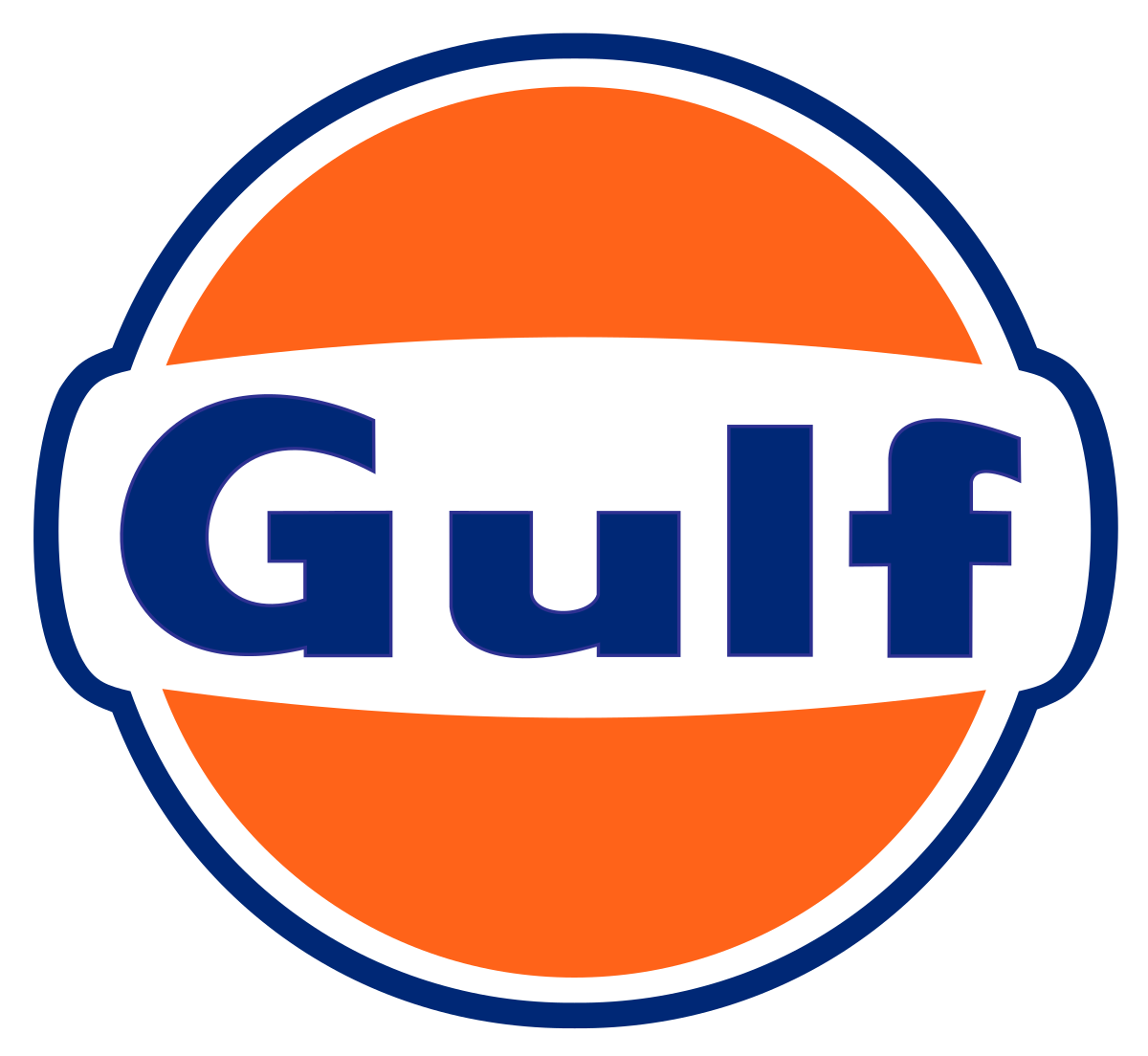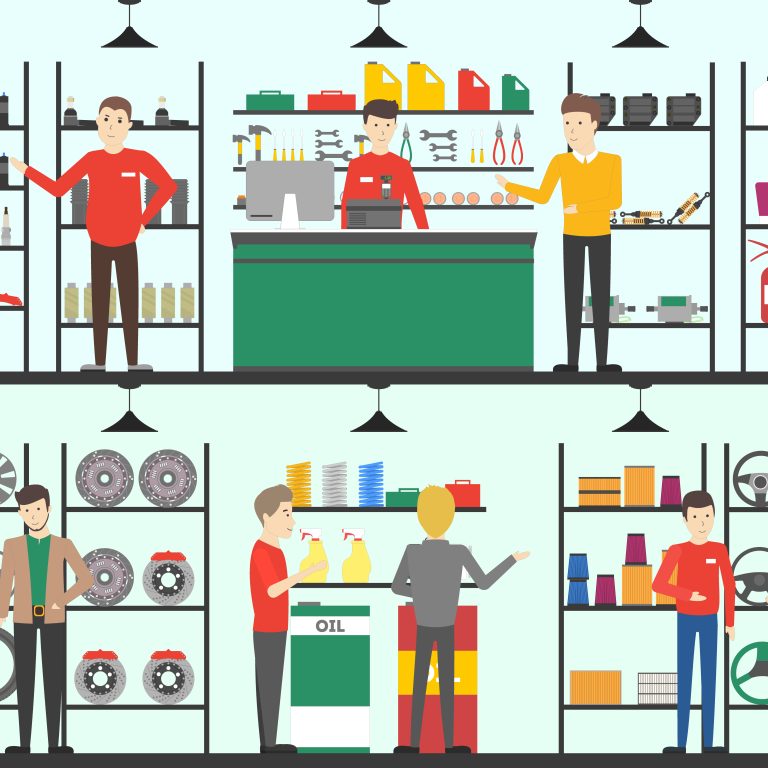Crafting Effective Incentive Programs for Auto Retailers

In the fast-paced and competitive world of auto retail, mastering the art of incentive programs is paramount for achieving sustained success and staying ahead of the curve.
Whether you’re specializing in spare parts, oil and lube services, tires, or other related products, structuring incentives for retailers demands a comprehensive and strategic approach.
In this comprehensive guide, we’ll take an in-depth look at the intricacies of crafting incentive programs specifically tailored for auto retailers.
From identifying common challenges to engaging retailers in the incentive process, let’s explore the strategies that can elevate your business to new heights.

Ready to take your retailer incentive programs to the next level?
Schedule a free Proof of Concept session tailored for your brand
Understanding the Landscape
Identifying Common Challenges
Before diving into the specifics of incentive programs, it’s essential to recognize and understand the challenges facing auto retailers. These may include:
Margin Pressures: Auto retailers often operate on slim profit margins, making it challenging to offer significant discounts or incentives without compromising profitability.
Staff Turnover: High turnover rates among retail staff can disrupt operations and hinder the effectiveness of incentive programs, as constant training and re-engagement become necessary.
Intense Competition: In a crowded marketplace with numerous retailers vying for customers’ attention, standing out and retaining customer loyalty can be a daunting task.
Product Knowledge: Ensuring that retail staff possess comprehensive product knowledge is paramount for driving sales and providing exceptional customer service, yet it can be challenging to maintain consistently high levels of expertise.
Crafting Effective Incentive Structures

Performance-Based Incentives
Performance-based incentives are instrumental in tying rewards directly to sales performance, thereby motivating retailers to focus on revenue generation. Examples of performance-based incentives include:
Sales Targets: Setting realistic and achievable sales targets and offering bonuses or commissions for reaching or exceeding them. These targets should be aligned with overall business objectives and take into account factors such as seasonality and market trends.
Product-Specific Incentives: Offering higher incentives for selling specific products or product lines can help promote key offerings and drive sales in strategic areas.
Customer-Centric Incentives
Incentives that prioritize enhancing the customer experience can foster loyalty and drive repeat business. Some examples of customer-centric incentives include:
Customer Satisfaction Bonuses: Rewarding retailers for positive customer feedback or high satisfaction ratings. This not only encourages retailers to provide exceptional service but also reinforces the importance of customer satisfaction in driving long-term success.
Referral Rewards: Incentivizing retailers to refer customers to other products or services within the business can help expand the customer base and drive incremental sales.
Training and Development Incentives
Investing in the training and development of retail staff is critical for ensuring comprehensive product knowledge and delivering outstanding customer service. Some incentives in this area may include:
Training Completion Bonuses: Offering bonuses or rewards for completing product training or certification programs. This incentivizes continuous learning and ensures that retail staff are equipped with the knowledge and skills needed to excel in their roles.
Skill-Based Incentives: Rewarding retailers for demonstrating exceptional product knowledge or sales skills through incentives such as performance bonuses or recognition programs.
How to structure incentive programs for different auto retailers?
Spare Parts
Performance-Based Incentives: Rewarding sales representatives for meeting or exceeding sales targets incentivizes proactive selling behavior and fosters a culture of achievement.
Customer-Centric Bonuses: Offering bonuses for cross-selling related parts not only enhances revenue streams but also cultivates holistic customer solutions.
Training Incentives: Providing bonuses for completing product knowledge training empowers staff with comprehensive understanding, enhancing customer satisfaction and trust.
Oil and Lubricants
Volume-Based Incentives: Implementing tiered discounts for bulk purchases encourages retailers to leverage economies of scale while boosting profitability.
Customer Loyalty Rewards: Instituting a points system for repeat purchases cultivates brand loyalty and drives long-term customer retention.
Product Education Bonuses: Offering incentives for completing lubricant training programs ensures that staff are equipped to communicate product benefits effectively, driving sales and customer satisfaction.
Tires
Tiered Volume Discounts: Offering increasing discounts based on purchase volume incentivizes retailers to actively manage inventory and capitalize on seasonal demand fluctuations.
Promotional Rebates: Providing cashback offers on specific tire brands or models encourages retailers to promote featured products while enhancing customer value perception.
Training Rewards: Offering bonuses for attending tire technology workshops enhances retailer expertise, empowering them to provide informed recommendations to customers and drive sales.
Applicators
Product Bundling Incentives: Providing discounts for purchasing multiple products together encourages upselling and enhances the value proposition for customers.
Installation Bonuses: Offering rewards for successful applicator installations incentivizes retailers to actively promote and demonstrate product capabilities, driving adoption and customer satisfaction.
Customer Satisfaction Rewards: Providing incentives for positive customer feedback incentivizes retailers to prioritize service excellence and fosters long-term customer relationships.
Engaging Retailers in the Incentive Process
Communication and Collaboration
Effective communication and collaboration are essential for engaging retailers in the incentive process. Some strategies to facilitate this include:
Clear Objectives: Clearly outlining the objectives of the incentive program and what is expected of retailers to earn rewards. This provides clarity and ensures that retailers understand how their efforts contribute to overall business success.
Regular Updates: Providing regular updates on sales performance, incentive earnings, and program changes to keep retailers informed and motivated. Transparency and communication are key to maintaining retailer engagement and buy-in.
Support and Resources
Supporting retailers with the tools and resources they need to succeed is crucial for maximizing the effectiveness of incentive programs. Some ways to provide support include:
Training and Education: Offering ongoing training and education opportunities to enhance product knowledge and sales skills. This not only improves the capabilities of retail staff but also instills confidence and empowers them to deliver exceptional service.
Marketing Support: Providing marketing materials, promotions, and advertising support to help retailers drive sales. By equipping retailers with the resources they need to effectively market products, businesses can amplify the impact of incentive programs and drive incremental sales.
Recognition and Rewards
Recognizing and rewarding retailers for their efforts is essential for maintaining motivation and engagement. Some approaches to recognition and rewards include:
Public Recognition: Acknowledging top-performing retailers in company communications or meetings. Public recognition not only rewards outstanding performance but also sets a positive example for other retailers to follow.
Personalized Rewards: Offering personalized rewards based on individual retailer preferences or performance. Personalization adds a personal touch to incentives and makes retailers feel valued and appreciated for their contributions.
Overcoming Common Pitfalls
Incentive Fatigue
Retailers may become disengaged or fatigued if incentive programs become stale or predictable. To overcome this, businesses can consider:
Rotating Incentives: Introducing new or seasonal incentives to keep the program fresh and exciting. Rotating incentives prevent monotony and maintain retailer interest and engagement over time.
Feedback Mechanisms: Soliciting feedback from retailers on the incentive program to identify areas for improvement and make adjustments accordingly. By actively involving retailers in the evolution of incentive programs, businesses can ensure that programs remain relevant and effective.
Lack of Buy-In
If retailers don’t fully buy into the incentive program, its effectiveness may be limited. To address this, businesses can:
Incentive Design Input: Involve retailers in the design and development of the incentive program to ensure it aligns with their needs and motivations. By soliciting input from retailers, businesses can tailor incentive programs to better meet their preferences and objectives.
Transparency: Be transparent about how incentives are calculated, earned, and paid out to build trust and credibility. Transparency fosters a sense of fairness and accountability, which are essential for maintaining retailer buy-in and engagement.
Evaluating and Adjusting Strategies
Continuous Improvement
Regularly evaluating the effectiveness of incentive programs is essential for driving ongoing success. Some strategies for evaluation and adjustment include:
Performance Metrics: Tracking key performance indicators (KPIs) to assess the impact of incentive programs on sales and customer satisfaction. By analyzing performance metrics, businesses can identify areas of strength and opportunities for improvement.
Feedback Loops: Gathering feedback from retailers and customers to identify areas for improvement and make adjustments as needed. Feedback loops provide valuable insights into the effectiveness of incentive programs and inform strategic decision-making.
Conclusion
Crafting effective incentive programs for auto retailers requires a strategic and holistic approach that addresses common challenges, engages retailers, and drives desired behaviors.
By leveraging performance-based incentives, prioritizing the customer experience, and providing support and resources, retailers can be motivated to achieve their fullest potential.
With careful planning, execution, and continuous evaluation, incentive programs can become a powerful tool for driving success and differentiation in the competitive auto retail landscape.

Incentivizing auto retailers boosts their motivation to promote and sell your products, increases sales volume, enhances brand loyalty, and ensures a competitive edge in the market.
Effective incentives include monetary rewards, volume-based discounts, exclusive access to new products, loyalty programs, and performance bonuses.
My Incentives is a comprehensive platform designed to manage and optimize incentive programs. It offers centralized management, real-time analytics, customization, and enhanced engagement tools to ensure the success of your incentive programs.
Leading auto brands like Mahindra and Gulf use My Incentives to run their incentive programs.
Brands can measure success through increased sales data, higher retailer participation rates, improved customer satisfaction, and a positive return on investment (ROI).

Ready to take your auto retailer incenitve programs to the next level?
Schedule a free Proof of Concept session tailored for your brand

Ready to take your retailer incentive programs to the next level?
Schedule a free Proof of Concept session tailored for your brand
Incentivizing auto retailers boosts their motivation to promote and sell your products, increases sales volume, enhances brand loyalty, and ensures a competitive edge in the market.
Effective incentives include monetary rewards, volume-based discounts, exclusive access to new products, loyalty programs, and performance bonuses.
My Incentives is a comprehensive platform designed to manage and optimize incentive programs. It offers centralized management, real-time analytics, customization, and enhanced engagement tools to ensure the success of your incentive programs.
Leading auto brands like Mahindra and Gulf use My Incentives to run their incentive programs.
Brands can measure success through increased sales data, higher retailer participation rates, improved customer satisfaction, and a positive return on investment (ROI).
